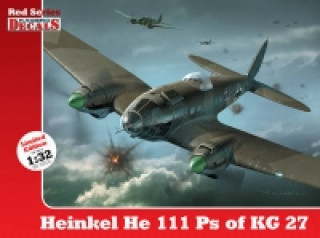
Kód: 05049085
Heinkel He 111 Ps of Kg 27
Autor Maciej Goralczyk, Andrzej Sadlo
Striking color schemes for the Heinkel He III Ps of KG 27The Heinkel He 111 was a German aircraft designed by Siegfried and Walter Gunter in the early 1930s in violation of the Treaty of Versailles. Often described as a "Wolf in s ... celý popis
- Jazyk:
 Angličtina
Angličtina - Vazba: Brožovaná
- Počet stran: 12
Nakladatelství: Kagero Oficyna Wydawnicza, 2012
- Více informací o knize

Mohlo by se vám také líbit
-

Heinkel He 111: The Early Years - Fall of France, Battle of Britain and the Blitz
655 Kč -
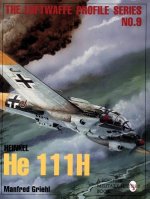
Heinkel He 111H: Luftwaffe Profile Series 9
409 Kč -

Heinkel He 111
549 Kč -
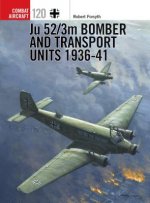
Ju 52/3m Bomber and Transport Units 1936-41
516 Kč -
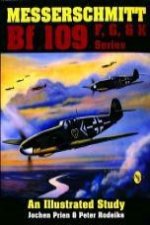
Messerschmitt Bf 109 F, G, & K Series: an Illustrated Study
902 Kč -
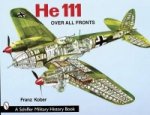
Heinkel He 111
299 Kč -
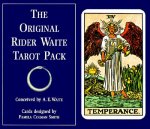
Original Rider Waite Tarot Pack
604 Kč -

German Elite Pathfinders
539 Kč -

Airwar Over the Atlantic
540 Kč -

ORIGAMI ZOO : AN AMAZING COLLECTION OF F
595 Kč -

Called to Create - A Biblical Invitation to Create, Innovate, and Risk
356 Kč -

Lots
223 Kč -

Boer War
1959 Kč -
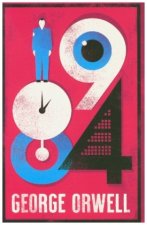
1984 Nineteen Eighty-Four
213 Kč -
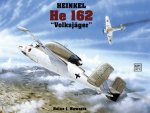
Heinkel He 162
299 Kč -
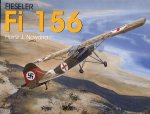
Fieseler Fi 156 Storch
300 Kč -
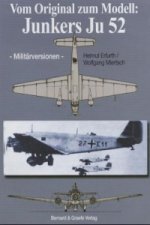
Junkers Ju 52
304 Kč -

Chicken Soup for the Soul: Christian Kids
409 Kč -

Yoga-Sutra of Patanjali
343 Kč -

Supply Chain Management and Knowledge Management
3289 Kč -

Bigfoot
644 Kč
Informovat o naskladnění knihy
Zadejte do formuláře e-mailovou adresu a jakmile knihu naskladníme, zašleme vám o tom zprávu. Pohlídáme vše za vás.
Více informací o knize Heinkel He 111 Ps of Kg 27
 Anotace knihy
Anotace knihy
Striking color schemes for the Heinkel He III Ps of KG 27The Heinkel He 111 was a German aircraft designed by Siegfried and Walter Gunter in the early 1930s in violation of the Treaty of Versailles. Often described as a "Wolf in sheep's clothing," it masqueraded as a transport aircraft, though its actual purpose was to provide the Luftwaffe with a fast medium bomber.Perhaps the best recognized German bomber due to the distinctive, extensively glazed, bullet-shaped "greenhouse" nose of later versions, the Heinkel was the most numerous and the primary Luftwaffe bomber during the early stages of World War II. It fared well until the Battle of Britain, when its weak defensive armament, relatively low speed, and poor maneuverability were exposed. Nevertheless, it proved capable of sustaining heavy damage and remaining airborne. As the war progressed, the He 111 was used in a variety of roles on every front in the European Theatre. It was used as a strategic bomber during the Battle of Britain, a torpedo bomber during the Battle of the Atlantic, and a medium bomber and a transport aircraft on the Western, Eastern, Mediterranean, Middle Eastern, and North African Fronts.Although constantly upgraded, the Heinkel He 111 became obsolete during the latter part of the war. It was intended to be replaced by the Luftwaffe's Bomber B project, but the delays and eventual cancellation of the project forced the Luftwaffe to continue using the He 111 until the end of the war. Manufacture ceased in 1944, at which point, piston-engine bomber production was largely halted in favor of fighter aircraft. With the German bomber force defunct, the He 111 was used for transport and logistics.The design of the Heinkel endured after the war in the CASA 2.111. The Spanish received a batch of He 111H-16s in 1943 along with an agreement to license build Spanish versions. Its airframe was produced in Spain under license by Construcciones Aerona'uticas SA. The design differed significantly in power plant only. The Heinkel's descendant continued in service until 1973, when it was retired.This book contains three striking schemes from the 1939-1940 period. All planes are presented and described in this 12 page, full-color guidebook, which also includes two photos of one of the aircraft. All machines carry attractive artwork applied by the crews. None of them has been previously done by other decal manufacturers.REVIEWS Beautiful color reference art, photos from Thomas Hesse's collection and descriptive text detail the "Blitzkrieg-era" subjects. CARTOGRAPH decal printing assures quality. And application instructions complete each set's contents. KAGERO has proffered pleasing He 111P packages. Luftwaffe enthusiasts will love these sheets..."Cybermodeler
 Parametry knihy
Parametry knihy
Zařazení knihy Knihy v angličtině Society & social sciences Warfare & defence Weapons & equipment
- Plný název: Heinkel He 111 Ps of Kg 27
- Autor: Maciej Goralczyk, Andrzej Sadlo
- Jazyk:
 Angličtina
Angličtina - Vazba: Brožovaná
- Počet stran: 12
- EAN: 9788362878314
- ISBN: 8362878312
- ID: 05049085
- Nakladatelství: Kagero Oficyna Wydawnicza
- Hmotnost: 72 g
- Rozměry: 205 × 276 × 5 mm
- Datum vydání: 15. May 2012
Oblíbené z jiného soudku
-

Douglas TBD Devastator: America's First World War II Torpedo Bomber
550 Kč -
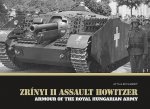
Zrinyi II Assault Howitzer
874 Kč -
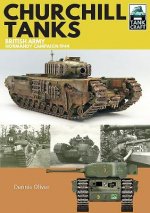
Churchill Tanks
410 Kč -

US Cold War Aircraft Carriers
394 Kč -
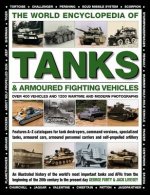
World Encyclopedia of Tanks & Armoured Fighting Vehicles
550 Kč -

Making Of The Atomic Bomb
487 Kč -

Lockheed F-104 Starfighter
836 Kč -
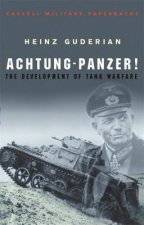
Achtung Panzer!
302 Kč -

Battleships Yamato and Musashi
1364 Kč -

Encyclopedia of Aircraft of World War II
944 Kč -
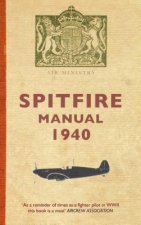
Spitfire Manual 1940
276 Kč -

Weapons, Warriors and Battles of Ancient Iberia
1078 Kč -
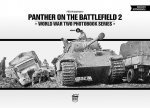
Panther on the Battlefield 2: World War Two Photobook Series
874 Kč -
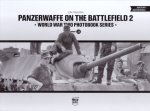
Panzerwaffe on the Battlefield 2 (Vol.21)
703 Kč -
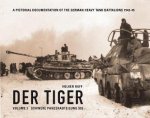
Tiger
810 Kč -

Mosin-Nagant Rifle
485 Kč -

Battleship USS Iowa
1364 Kč -
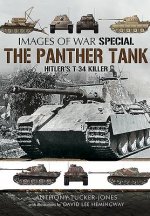
Panther Tank: Hitler's T-34 Killer
410 Kč -

USS Missouri (BB-63): America's Last Battleship
550 Kč -
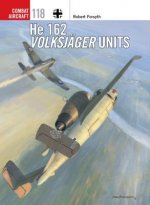
He 162 Volksjager Units
414 Kč -
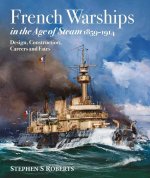
French Warships in the Age of Steam 1859-1914
1345 Kč -
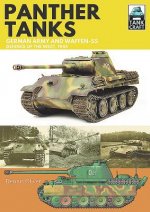
Panther: Germany Army and Waffen-SS
463 Kč -
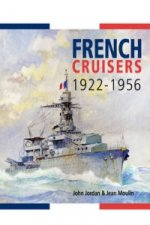
French Cruisers 1922-1956
1078 Kč -
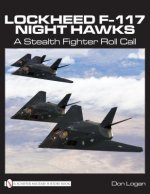
Lockheed F-117 Night Hawks: A Stealth Fighter Roll Call
1173 Kč -
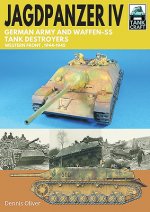
Jagdpanzer IV: German Army and Waffen-SS Tank Destroyers
463 Kč -
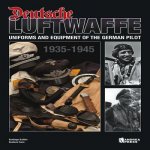
Deutsche Luftwaffe
1797 Kč -
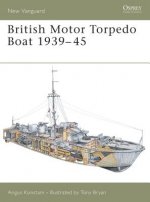
British Motor Torpedo Boat 1939-45
459 Kč -

Hitler's Panther Tank Battalions, 1943-1945
410 Kč -
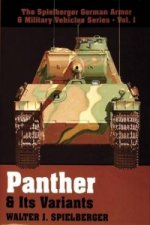
Panther and Its Variants
1695 Kč -
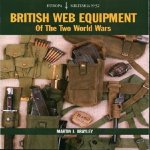
EM32: British Web Equipment Of The Two World Wars
334 Kč -
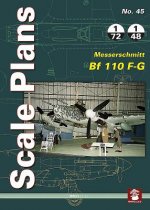
Messerschmitt Bf 110 F-G
375 Kč -

Panzer III on the Battlefield
874 Kč -
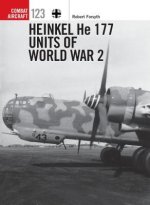
Heinkel He 177 Units of World War 2
516 Kč -
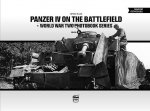
Panzer IV on the Battlefield: World War 2 Photobook Series
703 Kč -
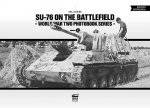
SU-76 on the Battlefield
633 Kč -
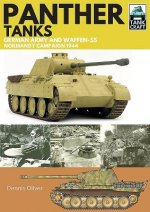
Panther Tanks
609 Kč -

Secret Projects of the Luftwaffe:
334 Kč -

SR-71
522 Kč -

Tous Les Laffly Militaires, 1914-1940
681 Kč -
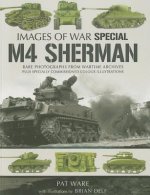
M4 Sherman: Images of War
549 Kč -
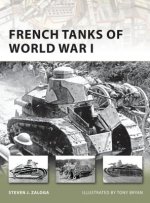
French Tanks of World War I
580 Kč -

USS North Carolina (BB-55): From WWII Combat to Museum Ship
518 Kč -
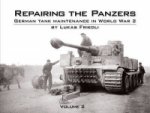
Repairing the Panzers
1330 Kč -

Theater Made Military Knives of World War II
1391 Kč -
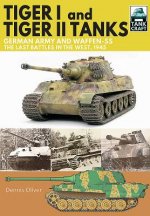
Tiger I and Tiger II Tanks, German Army and Waffen-SS, The Last Battles in the West, 1945
410 Kč -

MiG-29 Flight Manual
627 Kč -
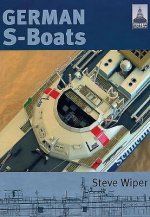
Shipcraft 6: German S Boats
746 Kč -
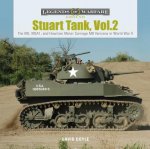
Stuart Tank Vol. 2: The M5, M5A1, and Howitzer Motor Carriage M8 Versions in World War II
481 Kč -
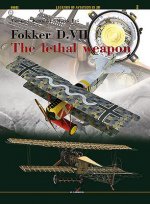
Fokker D. VII. - the Lethal Weapon
928 Kč
Osobní odběr Praha, Brno a 12903 dalších
Copyright ©2008-24 nejlevnejsi-knihy.cz Všechna práva vyhrazenaSoukromíCookies



 Vrácení do měsíce
Vrácení do měsíce 571 999 099 (8-15.30h)
571 999 099 (8-15.30h)